Celebrating 60 years as the voice of journalism
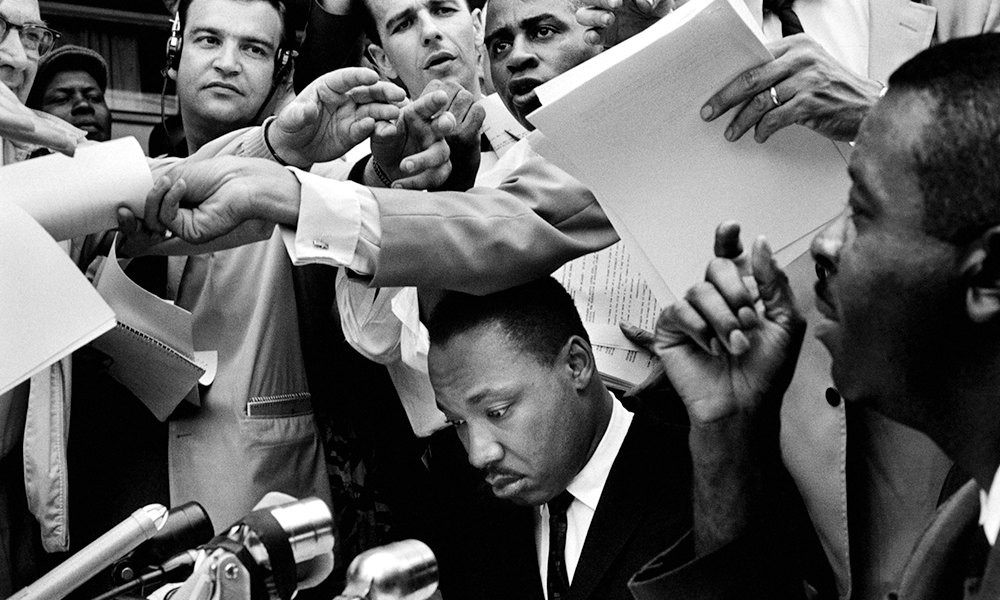
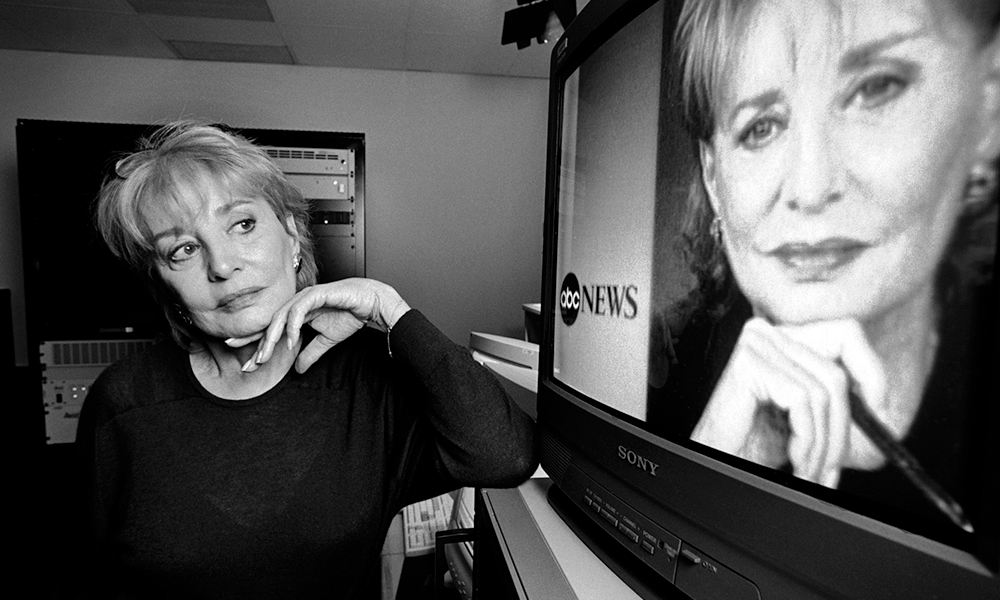
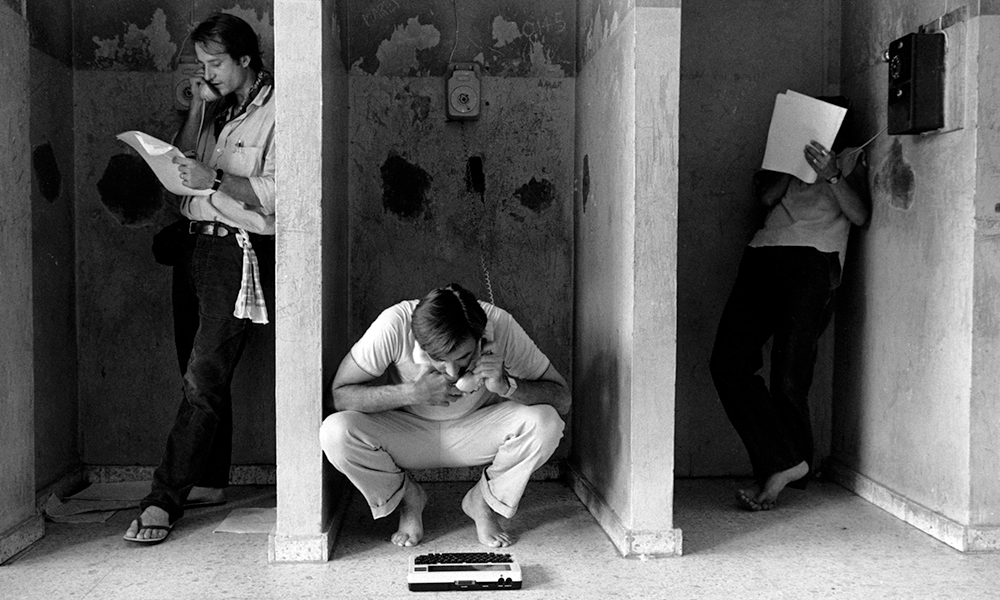
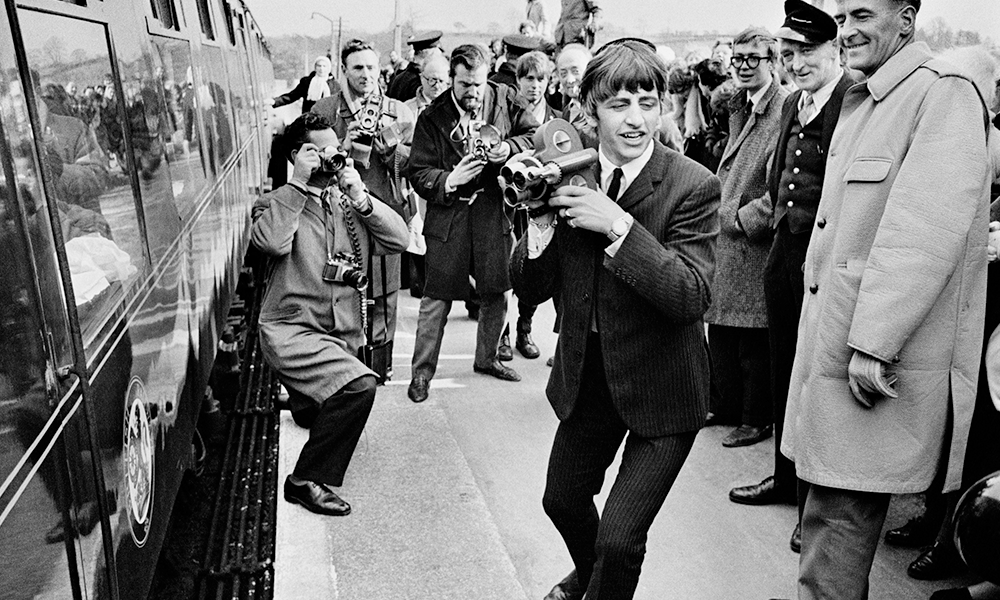
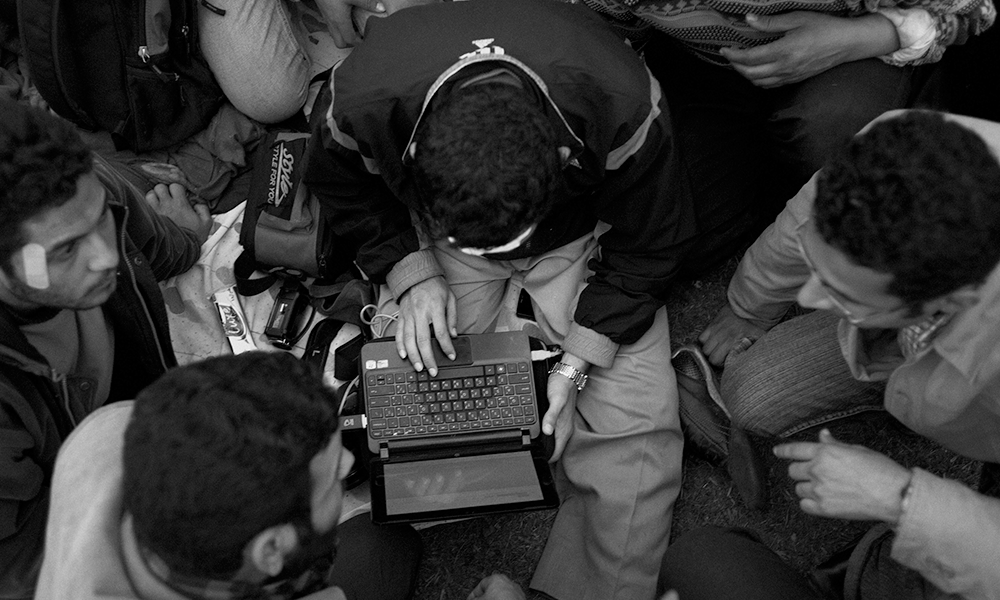
Sixty years ago, the Columbia Journalism Review debuted, tucked beneath a plain white cover. In an opening essay, “Why a review of journalism?,” the editors felt obliged to explain to readers what wasn’t at all obvious: the need for an outlet to critique the press. “There exists,” they wrote, “a widespread uneasiness about the state of journalism. The Review shares this uneasiness, not over any supposed deterioration but over the probability that journalism of all types is not yet a match for the complications of our age. . . . The urgent arguments for a critical journal far outweigh the hazards.”
The complications of our age. If only those editors could have known what was to come, from the cultural upheavals of the sixties to Watergate to the Cold War, economic downturn to the war on terror, to the dawn of the internet and social media. Given all that has transpired since, it is remarkable that the arguments CJR’s editors laid out six decades ago, and indeed much of the tenor of the magazine’s earliest coverage, resonate today.
This anniversary issue of CJR puts on display how much the news of the day operates within a much longer timeline. The same stories persist. CJR’s inaugural issue offers an assessment of the 1960 Kennedy–Nixon presidential campaign, raising many of the questions that animate our pages today: about perceived bias in reporting and difficulties covering a vote-counting process that’s drawn out and opaque. It considers a book called The Fading American Newspaper—a hint of the local-news crisis that was, decades later, to come. And it criticizes television reporters for showboating at press briefings with President Kennedy, noting that the average question had grown to fifty words long since the briefings became televised, from an average of fourteen words under Franklin Delano Roosevelt.
In this issue, we have sought to convey the scope and ambition of CJR over the course of its life. The stories are organized thematically, rather than chronologically, to help connect the dots from one age to the next. In these pages, you’ll find Walter Lippmann; David Simon; assessments of the Kerner Commission’s findings, fifty years apart; and wariness of bloggers’ citing Jenny McCarthy as a vaccination expert. You’ll also find Katharine Graham, the publisher of the Washington Post, referring to this magazine as “the fucking Columbia Journalism Review.”
Our obsessions, of course, have shifted over the decades; CJR’s coverage has matured and expanded in print and online. Yet our mission remains the same. On the occasion of CJR’s tenth birthday (there’s no news peg like an anniversary), editors published a foray into the archives called Our Troubled Press. In an opening essay, Elie Abel, who was then the dean of the Columbia Journalism School, made this pledge: “We are determined to carry on,” he wrote, “raising questions that others do not raise, discussing problems that are not elsewhere discussed at length or in depth. We propose to do more.”
As do we. Onward to the next sixty years.